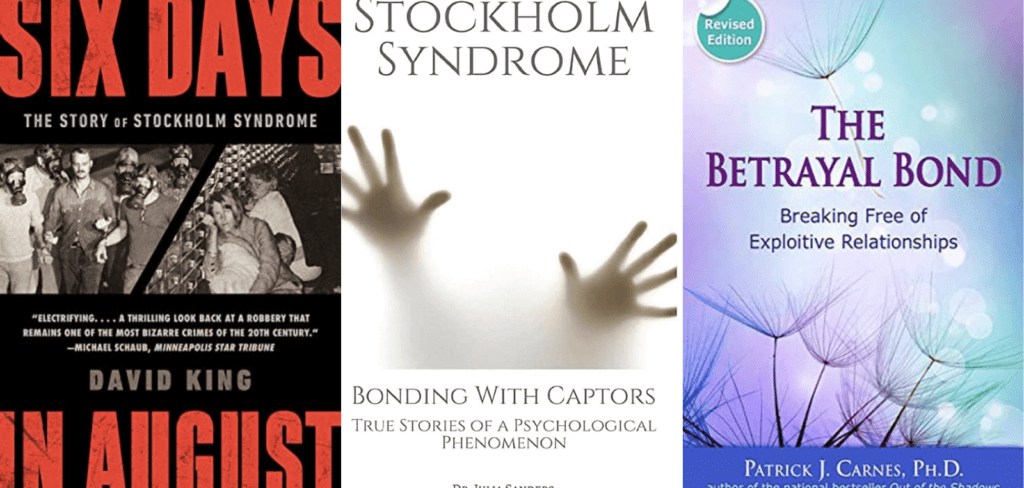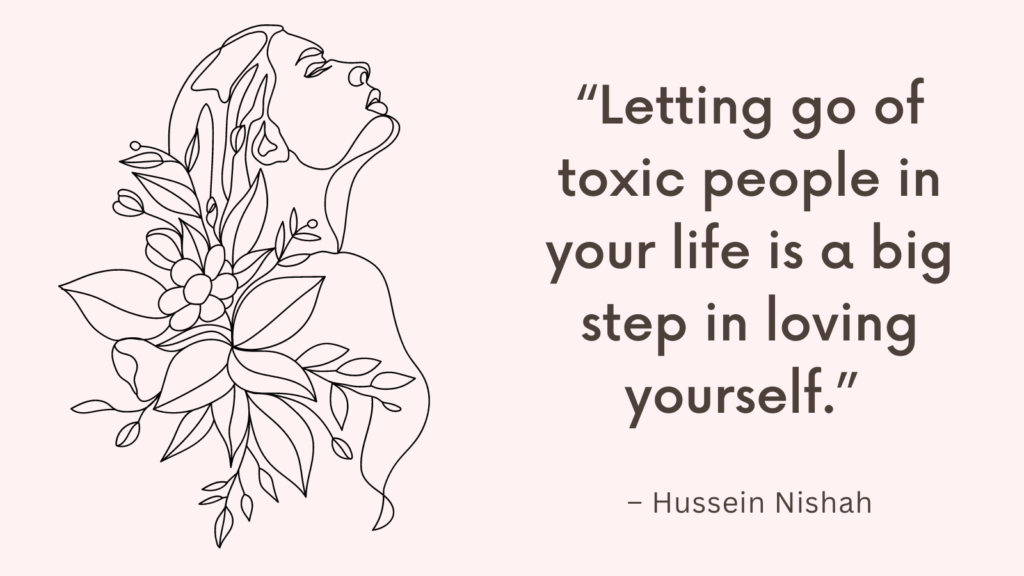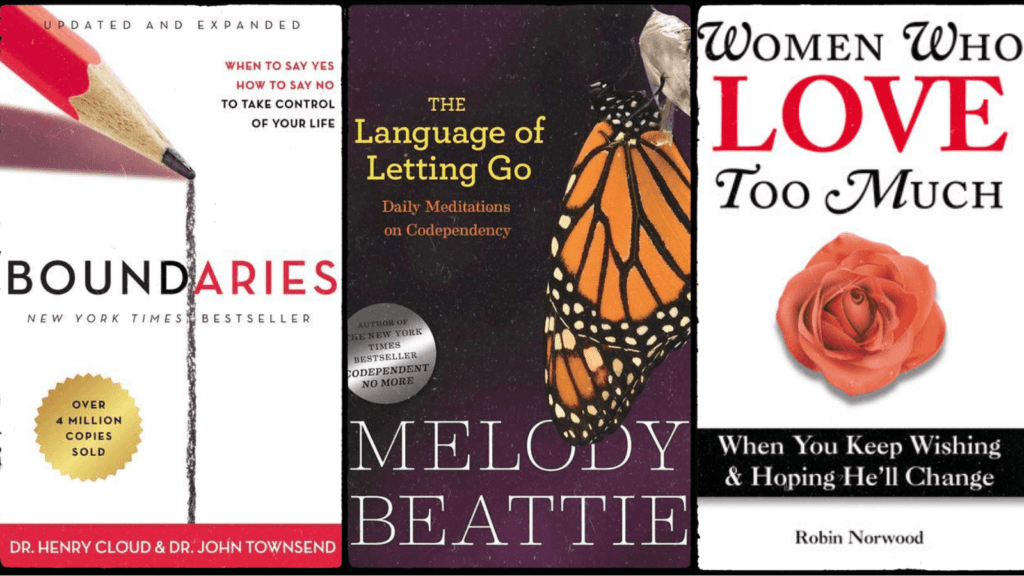The following are stockholm syndrome books to help you embark on your recovery journey.
Disclosure: Some of the links below are affiliate links. This means that, at zero cost to you, I will earn an affiliate commission if you click through the link and finalize a purchase.
Stockholm Syndrome vs. Trauma Bonding
Stockholm Syndrome and trauma bonding are two psychological phenomena that often display similar characteristics but have distinct differences.
Stockholm Syndrome refers to a situation where hostages or abuse victims develop a sympathetic connection and emotional attachment to their captors or abusers.
This can occur as a survival mechanism, where the victim subconsciously believes that forming a bond will increase their chances of survival.
Trauma bonding, on the other hand, is a psychological phenomenon where an individual forms a strong emotional attachment to their abuser due to the repetitive abuse and intermittent reinforcement they receive.
While both Stockholm Syndrome and trauma bonding involve feelings of attachment towards an abuser, there are key differences between the two.
In cases of Stockholm Syndrome, the bond usually arises from a specific event or period of captivity, such as a hostage situation.
The victim may empathize with their captor’s plight, developing a sense of camaraderie or gratitude in return for perceived acts of kindness or small gestures of compassion.
An example of this could be a hostage who sympathizes with their captor’s difficult life circumstances and starts to perceive them as a protector or a person worthy of empathy.
Trauma bonding, however, tends to develop over a longer period and often involves repetitive abuse.
The victim may experience cycles of abuse followed by apologies, acts of kindness, or moments of tenderness from their abuser.
This intermittent reinforcement creates a powerful emotional connection, despite the harm inflicted.
Over time, the victim may internalize the belief that the abuser is their only source of love, validation, or stability, leading to intense loyalty and emotional dependency.
Stockholm Syndrome & Trauma Bonding Books
1. Six Days in August: The Story of Stockholm Syndrome
By David King
Six Days in August captures the surreal of the bizarre hostage drama that gave rise to the term “Stockholm syndrome” in their entirety, on an almost minute-by-minute basis.
It is a rich human drama that blurs the lines between loyalty and betrayal, obedience and defiance, fear and attraction―and a groundbreaking work of nonfiction that forces us to consider “Stockholm syndrome” in an entirely new light.
Related: Top 10 Signs Of Trauma Bonding & How To Heal A Trauma Bond
2. Stockholm Syndrome in a Relationship
By Liv Jesson
Stockholm syndrome, otherwise known as trauma bonding, is a powerful yet poisonous emotional symptom of a toxic relationship.
In this book, you’ll learn about:
* The cycle of abuse and how the abuser works to keep us repeating the cycle
* The reasons we stay in a toxic relationship, other than just love and the deep emotional attachment we have
* The PTSD symptoms we’re prone to suffer as a result of the trauma of abuse
* Unlearning learned helplessness
* Breaking the trauma bond and emotionally dealing with the aftermath
Related: Top 5 Tips On How To Recover From Love Addiction
3. The Betrayal Bond
By Patrick Carnes PhD
In The Betrayal Bond, Dr. Carnes presents an in-depth study of these relationships; why they form, who is most susceptible, and how they become so powerful.
Dr. Carnes also gives a clear explanation of the bond that compels people to tolerate the intolerable, and for the first time, maps out the brain connection that makes being with hurtful people comparable to ‘a drug of choice.’ Most importantly, Carnes provides practical steps to identify compulsive attachment patterns and ultimately to change or end them for good.
Related: 7 Stages Of Trauma Bonding (+FREE Worksheets)
4. Trauma Bonding
By Dr. Annely Alexander
This book contains: – 4 Ways to know if you have been trauma bonded
– 10 Healing questions to ask yourself
– The most dangerous effect of trauma bonding on your brain and how to fix it
– The first step you need to know before starting your healing journey
– The brutal truth you don’t want to hear to break the trauma bond
– How to understand if you are in love or you are in trauma
– How to start feeling safe with yourself
– How to resolve Heartache and Obsession and move on
– How to overcome negative emotions ( Anger, hate, fear, anxiety .. )
The list goes on …
Related: Love Addiction Test (+ Resources For Love Addiction)
5. Trauma Bond Recovery Journal
By Lisa A. Sonni
This workbook is created especially for survivors of abuse.
The workbook follows expert methodology of education and self reflection to build a future that includes self-love.
It helps you discover the path back to the real you through unique 3 PILLARS for narcissistic abuse recovery.









